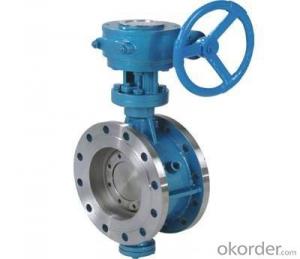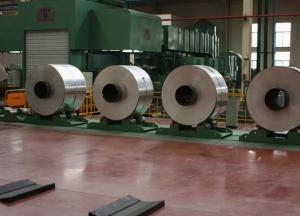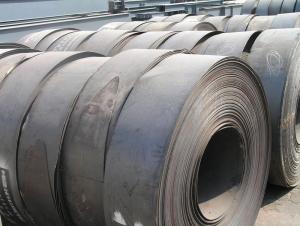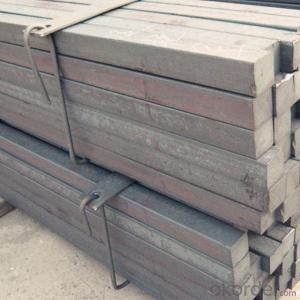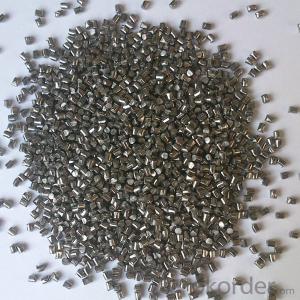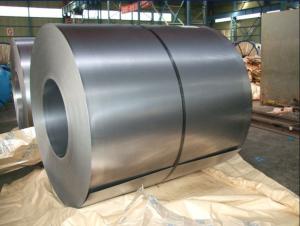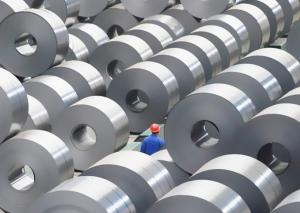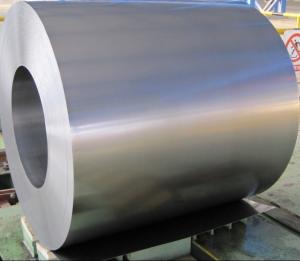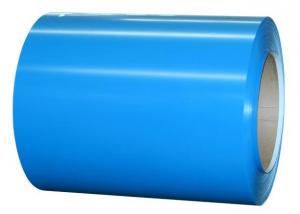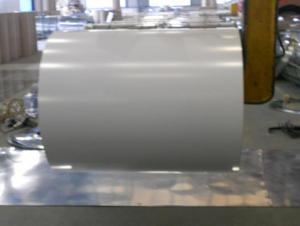Flange type rubber seated butterfly valve with by pass
- Loading Port:
- Tianjin
- Payment Terms:
- TT OR LC
- Min Order Qty:
- 100 kg
- Supply Capability:
- 10000 kg/month
OKorder Service Pledge
OKorder Financial Service
You Might Also Like
Specifications
Flange butterfly valve with by pass
Design: EN593
Face to face: DIN3202 F5
Flange: EN1092
Pressure test acc.to: EN12266
Flange type rubber seated butterfly valve with by pass
1. Size, pressure, medim and temp. range as listed below:
Size | DN100 to DN4000 |
Pressure | PN10, PN16, PN25, PN40 |
Suitablem | sea water, and other weak corrosive liquid etc. |
Temp. | -10~120°C |
2. Standard items:
Description | Standard |
Design and manufacture | EN593 |
Face to face | ISO5752 series15, EN558-1 series 15, DIN3202 F5 |
Flange and drilling | ISO7005-2, EN1092, |
Pressure test | EN12266 |
Top flange of bare shaft valve | ISO5211 |
Top flange on worm gearbox for e-actuator | ISO5210 |
3. Main part material items:
Name | Material |
Body | ductile cast iron, WCB, stainless steel |
Disc | ductile cast iron, WCB stainless steel, Al-bronze |
Stem | SS420, SS431 or as request |
Disc seat ring | EPDM |
Body seat ring | SS304 |
Retainer | SS304 |
Shaft bearing | Al-bronze, self-lubricating bearing |
Bolt & nuts | SS304 |
Coating | epoxy coating, thickness: min. 250 microns, color code: RAl5015, 5017, 5010, and etc. |
Notes: Other materials are available on request
4. Operating mode: bare shaft, worm gear+handwheel, electirc actuator, pneumatic actuator, hydraulic actuator, etc.
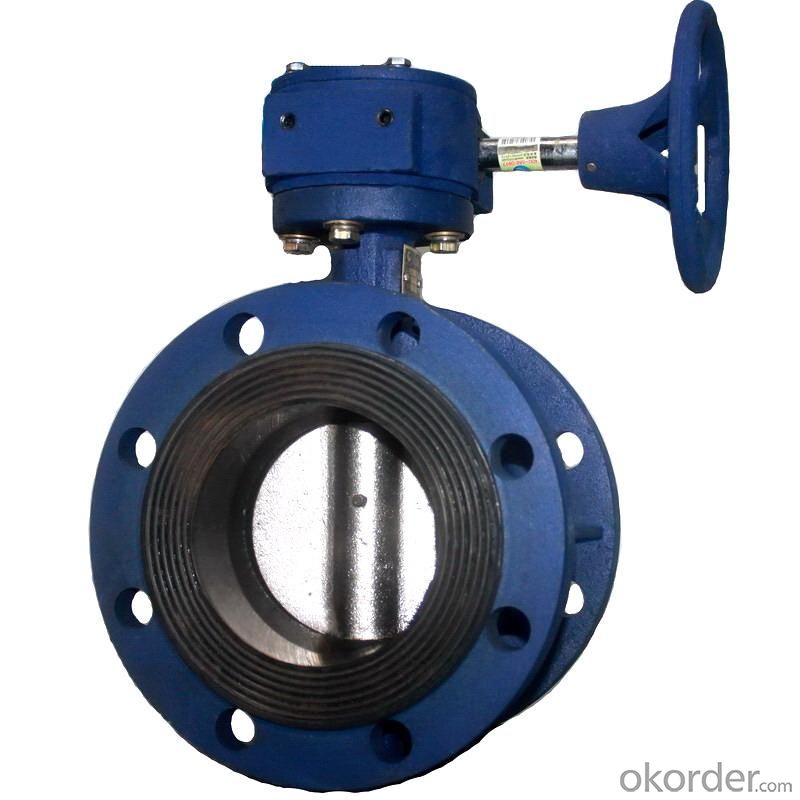

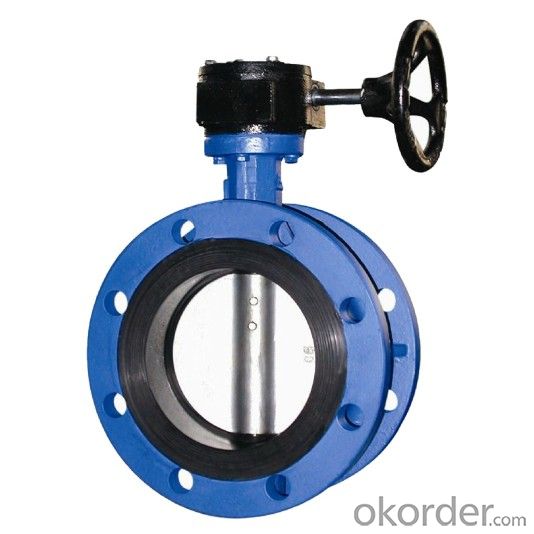
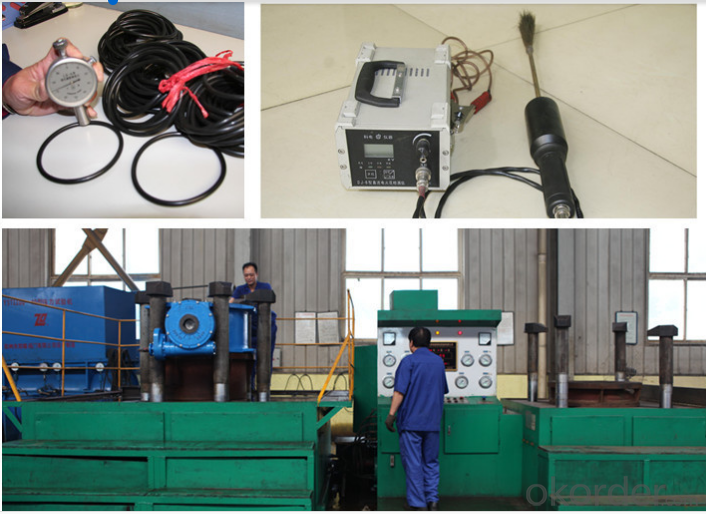
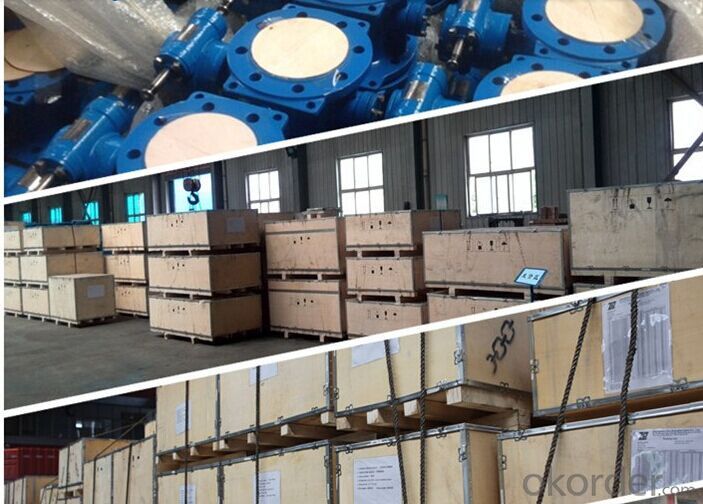
- Q:How are steel products tested and certified for quality and performance?
- Steel products are tested and certified for quality and performance through a rigorous process that involves various tests and assessments. These include mechanical tests, such as tensile strength, hardness, and impact resistance tests, as well as chemical composition analysis to ensure the steel meets the required standards. Additionally, dimensional inspections and non-destructive testing methods, such as ultrasonic testing and visual inspections, are conducted to detect any defects or flaws. Once these tests are successfully passed, a certification is issued to guarantee the quality and performance of the steel product.
- Q:What are the safety precautions to be taken while using steel products?
- Some safety precautions to be taken while using steel products include wearing appropriate protective gear such as gloves, safety goggles, and steel-toed boots to prevent injuries. It is important to handle steel products with care to avoid cuts or punctures, as the edges can be sharp. Additionally, ensuring proper lifting techniques and using equipment such as cranes or forklifts when necessary can help prevent back strain or other injuries. Regular maintenance and inspections of steel products are also important to identify any potential hazards or defects.
- Q:What are the different types of steel roofing systems?
- There are several types of steel roofing systems, including corrugated steel, standing seam, and metal shingles. Corrugated steel roofing consists of long, wavy sheets that are durable and cost-effective. Standing seam roofs feature vertical metal panels with raised seams, providing a sleek and modern look. Metal shingles mimic the appearance of traditional roofing materials, such as wood or slate, while offering the durability and longevity of steel.
- Q:What are the different types of steel meshes and their uses?
- There are several different types of steel meshes, each with their own specific uses. Some common types include welded wire mesh, expanded metal mesh, and woven wire mesh. Welded wire mesh is made by welding intersecting wires together, and it is commonly used in construction, fencing, and agriculture. Expanded metal mesh is created by cutting and stretching a sheet of metal, resulting in a diamond-shaped pattern. It is often utilized for grating, walkways, and security applications. Woven wire mesh is made by weaving individual wires together in a crisscross pattern, and it finds application in filters, screens, and decorative purposes. These are just a few examples, but steel meshes are versatile and can be tailored to meet various needs across industries.
- Q:What are the different types of steel scaffolding systems?
- There are several types of steel scaffolding systems, including tube and coupler scaffolding, system scaffolding, and frame scaffolding. Tube and coupler scaffolding consists of tubes and couplers that are connected together to form a stable structure. System scaffolding uses pre-designed components that can be easily assembled and dismantled, providing flexibility and efficiency. Frame scaffolding is made up of frames and cross braces, offering a simple and sturdy solution for construction projects.
- Q:What are the different types of steel fittings and their uses?
- There are several types of steel fittings commonly used in various industries. Some of the most common types include steel elbows, steel tees, steel reducers, steel couplings, and steel flanges. Steel elbows are used to change the direction of a pipeline, allowing for smooth flow in the desired direction. Steel tees are used to branch off a pipeline into two or more directions. Steel reducers are used to connect pipes of different sizes, allowing for a smooth transition. Steel couplings are used to connect two pipes together, providing a secure and leak-proof joint. Steel flanges are used to connect pipes or valves to other equipment, such as pumps or tanks, and provide an easy access point for maintenance or repair. Overall, steel fittings are essential components in piping systems, ensuring proper flow, connection, and functionality in various applications across industries like oil and gas, construction, and manufacturing.
- Q:How is steel used in the manufacturing of transportation equipment?
- Steel is used in the manufacturing of transportation equipment due to its strength, durability, and versatility. It is commonly utilized in the construction of car frames, aircraft bodies, ship hulls, and railway tracks. Steel's properties make it suitable for handling heavy loads, providing structural integrity, and ensuring safety in various modes of transportation.
- Q:How does steel sheet metal welding and joining work?
- Steel sheet metal welding and joining involve the process of fusing two or more steel sheets together through the application of heat and pressure. This is typically achieved using various welding techniques such as arc welding, resistance welding, or laser welding. These methods create a strong bond by melting the edges of the sheets, allowing them to fuse together and form a continuous joint. The process requires skilled welders, precise control of heat input, and proper preparation and cleaning of the metal surfaces to ensure a durable and reliable connection.
- Q:How is steel used in the production of wind turbine towers?
- Steel is used in the production of wind turbine towers due to its strength, durability, and ability to withstand harsh environmental conditions. The towers are typically made of tubular steel sections that are bolted or welded together to provide the necessary height and stability for the wind turbine. Steel's high strength-to-weight ratio allows for taller and more efficient wind turbine towers, enabling the turbines to capture more wind energy and generate electricity.
- Q:What are the applications of steel gratings in industrial walkways?
- Steel gratings are widely used in industrial walkways due to their durability, strength, and versatility. These applications provide a safe and sturdy surface for workers to navigate through various industrial settings, such as factories, power plants, refineries, and construction sites. The open design of steel gratings allows for efficient drainage of liquids, preventing slip hazards and enhancing worker safety. Additionally, their robust construction can withstand heavy loads and provide excellent resistance to corrosion, making them ideal for long-term use in demanding environments.
1. Manufacturer Overview |
|
|---|---|
| Location | |
| Year Established | |
| Annual Output Value | |
| Main Markets | |
| Company Certifications | |
2. Manufacturer Certificates |
|
|---|---|
| a) Certification Name | |
| Range | |
| Reference | |
| Validity Period | |
3. Manufacturer Capability |
|
|---|---|
| a)Trade Capacity | |
| Nearest Port | |
| Export Percentage | |
| No.of Employees in Trade Department | |
| Language Spoken: | |
| b)Factory Information | |
| Factory Size: | |
| No. of Production Lines | |
| Contract Manufacturing | |
| Product Price Range | |
Send your message to us
Flange type rubber seated butterfly valve with by pass
- Loading Port:
- Tianjin
- Payment Terms:
- TT OR LC
- Min Order Qty:
- 100 kg
- Supply Capability:
- 10000 kg/month
OKorder Service Pledge
OKorder Financial Service
Similar products
New products
Hot products
Hot Searches
Related keywords
